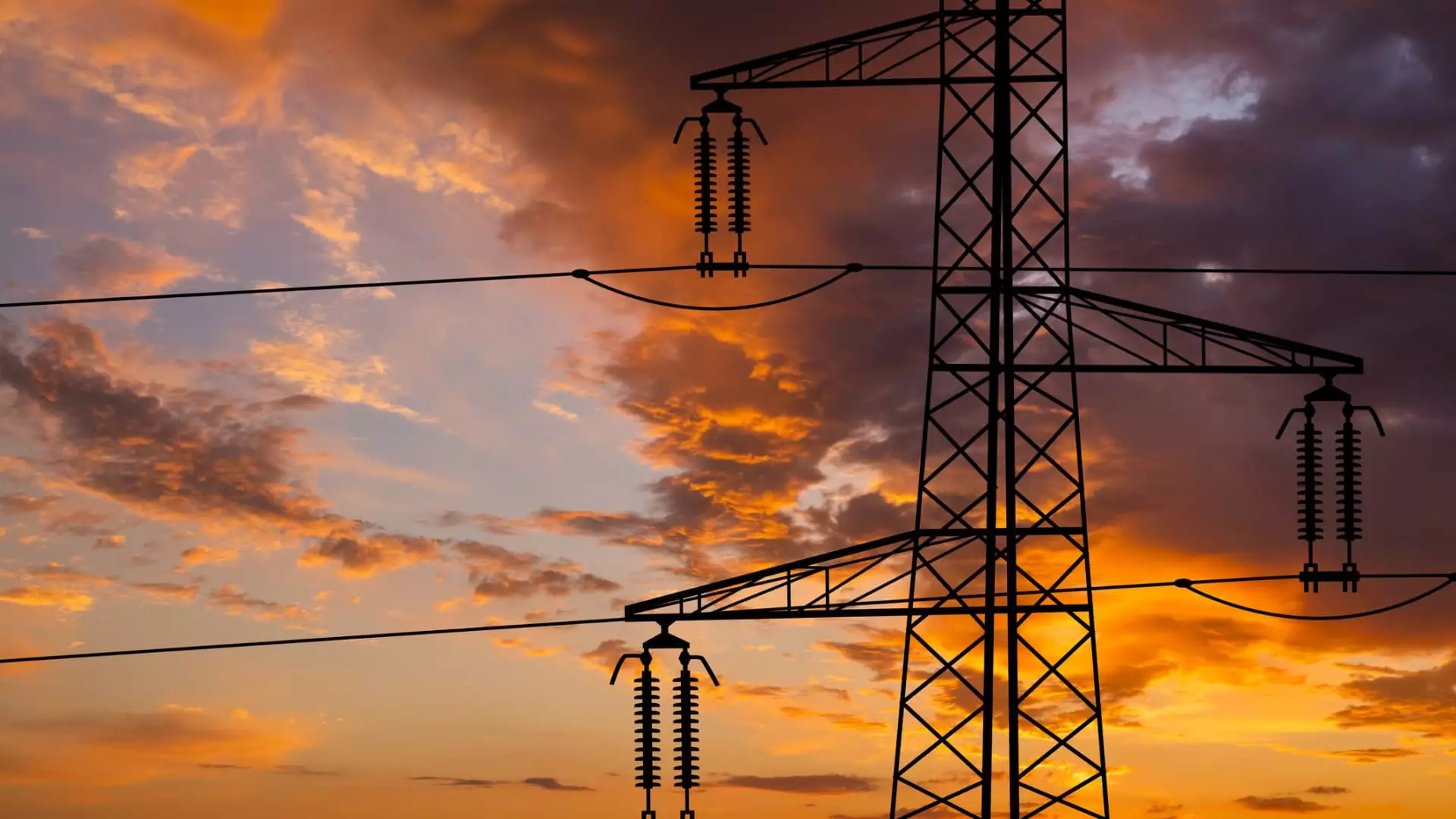In the early hours of Sunday, Ukraine’s capital, Kyiv, and several other cities once again became the primary battlegrounds in an ongoing conflict that has now profoundly scarred the nation since the onset of Russia’s invasion in February 2022. This latest phase of aggression saw one of the most significant missile attacks since August, focusing on critical power infrastructure as winter approaches. Such relentless assaults on urban centers and essential utilities have become a hallmark of this conflict, aiming not only to disrupt daily life but also to instill a deep sense of fear and uncertainty among the Ukrainian populace.
Ukrainian officials were forewarned about the potential for a major attack, as intelligence reports had suggested an impending escalation in hostilities aimed at crippling the already weakened power grid. The Energy Minister, German Galushchenko, highlighted the gravity of the situation, stating, “Another massive attack on the power system is under way.” The strategic targeting of electricity generation and transmission facilities underscores the attackers’ interest not merely in military dominance but in the psychological impact of prolonged blackouts—a tactic designed to break morale at precisely the wrong moment in a war that has already claimed countless lives and caused immeasurable distress.
As the sun began to rise over the city, the sound of explosions and the activation of air defense systems reverberated through Kyiv. The atmosphere was confused and tumultuous; residents were jolted awake not by the gentle morning light but by powerful blasts that echoed ominously throughout the streets. In an effort to mitigate additional damage, authorities sensibly cut power to various districts, a precautionary measure that reflects the harsh realities of life in a nation under siege. The responses from different regions, including the Volyn area and the southeastern city of Zaporizhzhia, reveal a pattern of widespread chaos and destruction as people once again face the grim specter of assault on their homes and lives.
Witnesses from the Black Sea port of Odesa and further inland in the Dnipropetrovsk region echoed similar sentiments of alarm. With fatalities reported in southern Mykolaiv, the grim toll of death and destruction only adds to the already substantial hardships faced by Ukraine—a nation struggling not only against external aggression but also against the internal fracturing of its social fabric caused by prolonged warfare. The gravity of this attack speaks to the overarching strategy in play, where cities filled with civilians become targets in a broader geopolitical game.
The international implications of these attacks resonate well beyond Eastern Europe. Foreign Minister Andrii Sybiha characterized the assault as a “true response” from Moscow to diplomatic overtures made by Western leaders, particularly German Chancellor Olaf Scholz’s recent engagement with President Putin. This diplomatic reflection emphasizes the strategic undercurrents that not only shape military actions but also influence international relations.
NATO member Poland’s swift reaction to scramble air force units demonstrates the widespread concern regarding the potential spillover of violence. Such preemptive measures among neighboring countries underscore the vulnerability shared by nations within close proximity to Ukraine, as they remain keenly aware of the unpredictability of Russian military intentions and capabilities.
The response from Ukraine’s air force to the attacks was crucial, urging civilians to seek shelter while remaining vigilant regarding incoming threats. As the airspace was stormed by missiles and drones, the tragic image of civilians forced into hiding underlines the stakes involved—not just for Ukraine, but for international stability and security at large.
A Community Seized by Strife
The experience of ordinary Ukrainians bears witness to the bravery and resilience that continues to characterize this beleaguered nation. Kyiv Mayor Vitali Klitschko reported injuries from falling debris along with structural damage, symbolizing the resilience and adaptability required in the face of adversity. Emergency services, despite overwhelming odds, remain steadfast, working tirelessly to minimize loss of life and mitigate damage.
As the world watches, the plight of Ukraine serves as a powerful reminder of the complex interplay of military might, civilian endurance, and global political dynamics. The latest missile attacks may target infrastructure, but they also reinforce the steadfast spirit of a nation determined to protect its sovereignty and identity under siege. In this ongoing struggle, Ukraine continues to stand firm, embodying resilience in the face of darkness.

Leave a Reply